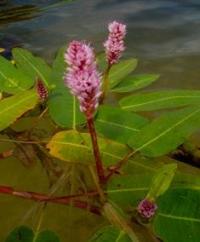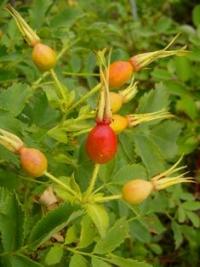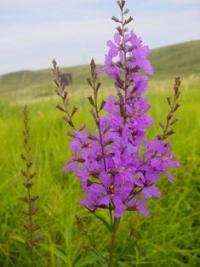You are here
Flora of Bayanaul park.



Botanical tours to the Bayanal park.
“And there, between the trunks, in a sparse forest,
Where there is so much light all around
Would we wander with you
Admiring every flower
And you would have berries for me
Vomited in the calm of the forest
And your laughter, breaking out in the splendor of the day,
It would ring silver”
Sultanmakhmut Toraigyrov.
Plant world of Bayanaul park.
According to Gorchakovsky P.L. The flora of the Bayanaul state nature park totals 500 species of higher vascular plants, that is, a third of the flora of the Kazakh small hills. The most representative in quantitative terms are the families Compositae, Cereals, Rosaceae, Legumes, Cloves, as well as the five main genera: Sedge, Wormwood, Cinquefoil, Myatlik, Onion.
There are 59 species of rare plants, 40 of which (northern bones, fragile cyst, woodsia elba, Cossack juniper, black currant, common bird cherry, Siberian scherd, etc.) are boreal relics. Adhesive alder, tulips - Schrenka and drooping, Kyrgyz birch, steppe peony, Adonis spring, open cross, feathery feather are listed in the Red Book of Kazakhstan.
Species of orchid species need special protection, which universally reduce the number of populations: nesting, napellaria, stagacha univifolia, and palm root, meat-red. The wildlife of the national park is diverse. The most valuable elements of vegetation that need special protection are forests - pine forests, alder forests, birch forests and aspen forests.
It is known that the area of pine forests of Bayanaul fell significantly in the XIX century - from 114 thousand hectares in 1820 to 28 thousand hectares in 1870. Currently, they occupy an area of about 12 thousand hectares.
The most picturesque pine forests on mattress-like granites, the richest - shrub pine. Rare are the types of lichen and moss-grassy pine forests with the participation of boreal elements. Forests of black alder or glutinous, a relic of the ancient Turgai flora, are developed on well-moistened rich soils along the bottom of valleys, shores of lakes and streams.
Despite the limited area (only about 500 hectares), Bayanaul's black alder forests are characterized by wealth and heterogeneity. Here 8 different associations are described, 137 species of vascular plants, including 10 boreal relics, are taken into account.
All forests, except for landscape-stabilizing and water conservation significance, perform the most important aesthetic, recreational and sanitary-hygienic functions. Overgrown shrubs, meadows and grassy bogs of nature areas and lake coasts are also valuable, characterized by high floristic saturation with the participation of rare and endangered species.
Employees of Pavlodar State University. S. Toraigyrova, conducted research from 2005 to 2008 on the topic: "Environmental Studies to Ensure Sustainable Development of the Belarusian State National Scientific-Practical Party" in the framework of the program "Scientific Research in the Field of Environmental Protection" of the Ministry of Environmental Protection of the Republic of Kazakhstan, according to the data 475 species were identified, total 485 species related to 4 divisions, 6 classes, 72 families and 260 genera are taken from the Bayanaul state nature park inventory materials.
Taking into account the connected sites, the list will increase to 500 species, the data are given on the ongoing work of Ecology Buseness Consulting-2007 LLP. Here, a third of the flora of the Kazakh small hills is found.
The most abundant are plants from this. Compositae (Asteraceae), Cereals (Roaceae), Rosaceae (Rosaceae), Legumes (RaBaseae), Labiaceae (Eamiaceae) and Cloves (Caryophylla¬еаее). In addition to vascular plants in the pine forests of the Bayanaul state nature park, there is a whole complex of boreal mosses, which are poorly studied.
Mosses play an important significant role in the formation of plant communities. No special biological studies were carried out in the national park; information on the moss flora was taken from the book “Forest Oases of the Kazakh Shallow Hop” by P.L. Gorchakovsky 1987. Mosses comprise 19 families, 32 species.
Large reservoirs located in the park (Lake Sabyndykol, Zhasyby, Toraigyr, Birzhankol) are characterized by poor development of higher aquatic vegetation, significant areas of clean water surface and poor floral composition.
As a result of work by employees of PSU named after S. Toraigyrova, 11 algae species were identified in the reservoirs of the Belarusian State National Scientific-Practical Scientific and Practical Institute. The flora of the Bayanaul Mountains is composed mainly of northern, boreal plants.
Species include common pine (pinus sylvestris), forest horsetail (Eguisetum silvaticum), river horsetail, cat's foot, dioecious, one-sided orthilia, round-leafed wintergreen and several others.
Authority:
Advertising booklet of Bayanaul Park, 2003.
Photos
Alexander Petrov.







